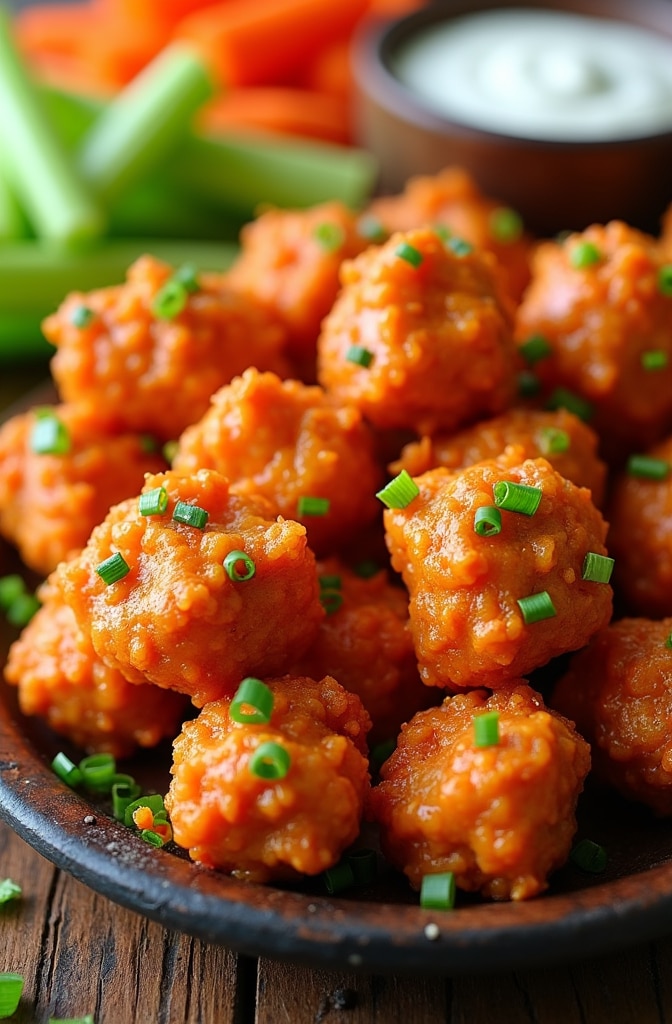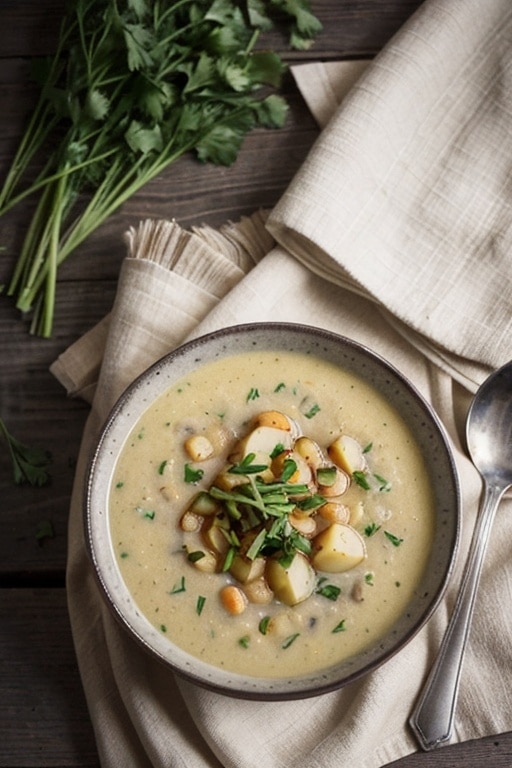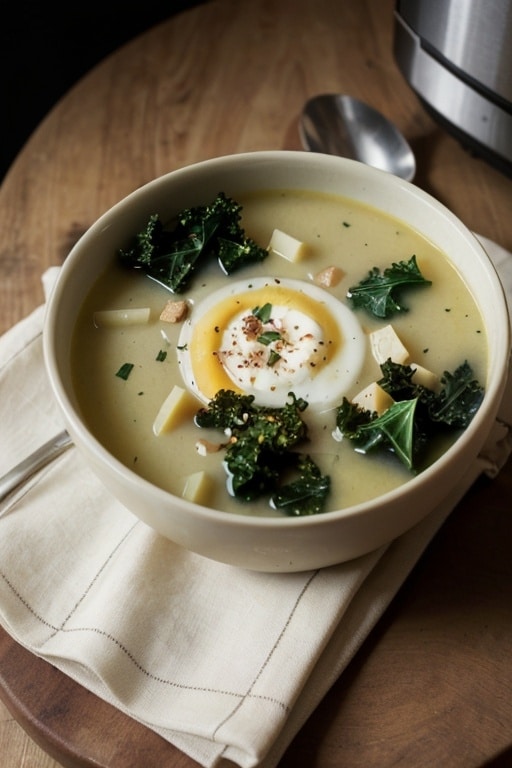Have you ever found yourself at a party, surrounded by friends, and someone brings out a platter of Buffalo chicken bites? You know that moment when the tangy aroma hits your nose, and your mouth starts watering? That’s the magic of Buffalo chicken bites, and they’re not just any snack; they’re a crowd-pleaser that keeps everyone coming back for more.
What makes these bites so special? It’s the perfect blend of spice and flavor. Juicy chicken, coated in a fiery Buffalo sauce, combined with a crispy exterior, creates a delightful contrast that’s simply irresistible. Whether you’re hosting a game day gathering or just craving something delicious, these bites are the answer.

Ingredients & Substitutions
Essential Ingredients
- Chicken Breast: Boneless, skinless chicken breast is the star of the show here. It’s lean and soaks up flavors beautifully.
- Buffalo Sauce: The fiery flavor base that defines these bites. You can use store-bought or homemade.
- Flour: All-purpose flour helps create a crispy coating. If you’re looking for gluten-free options, almond flour works great.
- Eggs: They act as a binder, helping the coating stick to the chicken.
- Panko Breadcrumbs: These add that extra crunch that makes each bite satisfying. Regular breadcrumbs can work, but panko is preferable.
- Garlic Powder: Adds a depth of flavor without being overpowering.
- Salt and Pepper: Basic but essential for enhancing the overall taste.
- Cooking Oil: For frying; canola or vegetable oil works well due to their high smoke points.
Quality Substitutions
- Chicken: If you prefer dark meat, chicken thighs can be used. They’re juicier but require a slightly longer cooking time.
- Buffalo Sauce: For a milder flavor, mix in some ranch dressing with your Buffalo sauce.
- Eggs: For a vegan version, you can use a flax egg or unsweetened applesauce as a binding agent.
When selecting ingredients, always opt for fresh. Fresh chicken will yield a juicier result, and fresh spices pack more punch than their older counterparts.
Step-by-Step Instructions
Preparation
- Preheat the Oven: Start by preheating your oven to 400°F (200°C). This ensures even cooking and crispiness.
- Cut the Chicken: Dice the chicken breast into bite-sized pieces. Aim for uniformity; this helps them cook evenly.
Breading Process
- Set Up a Breading Station: In one bowl, place the flour. In a second bowl, beat the eggs. In a third bowl, combine panko breadcrumbs, garlic powder, salt, and pepper.
- Dredge the Chicken: First, coat each piece of chicken in flour. Shake off any excess. Then dip it in the egg mixture, followed by the panko mix, pressing gently to adhere.
Cooking the Chicken
- Heat the Oil: In a large skillet, heat about an inch of oil over medium-high heat. To test if it’s ready, drop a breadcrumb in—if it sizzles, you’re good to go.
- Fry the Chicken: Add the chicken bites in batches, avoiding overcrowding. Fry for about 4-5 minutes on each side until golden brown and cooked through. Use a slotted spoon to transfer them to a paper towel-lined plate to drain excess oil.
Tossing in Sauce
- Coat with Buffalo Sauce: In a large bowl, toss the fried chicken bites with Buffalo sauce while they’re still hot. Ensure every piece is well-coated.
Expert Tips
- Avoid Overcrowding: This is key to achieving that crispy coating. Fry in batches if necessary.
- Check for Doneness: Chicken should reach an internal temperature of 165°F (74°C). A meat thermometer is your best friend here.
Variations
For a spicier version, add an extra teaspoon of cayenne pepper to the flour mix. If you want a sweet twist, mix a bit of honey into your Buffalo sauce for a sweet and spicy combo.
Cooking Techniques & Science
Let’s talk about the magic of frying. The high heat creates a Maillard reaction, giving that beautiful golden crust and enhancing flavor. This is why searing meats is so important; it locks in moisture and creates depth.
The use of panko breadcrumbs is crucial for texture. They’re lighter and airier than regular breadcrumbs, resulting in an extra crispy bite.
Tools You’ll Need
- Heavy-Bottomed Skillet: This retains heat well, ensuring even frying.
- Slotted Spoon: Perfect for transferring the chicken bites without losing that crispy coating.
- Meat Thermometer: Essential for checking that the chicken is cooked through without drying it out.
Serving & Pairing Suggestions
Presentation can elevate the dish. Serve the Buffalo chicken bites on a platter lined with parchment paper for a rustic look. Garnish with chopped parsley or green onions for a pop of color.
Pair them with celery sticks and a side of creamy blue cheese or ranch dressing for dipping. For drinks, a cold beer or a refreshing lemonade complements the heat beautifully. You could also serve them with a side of crispy fries or a fresh salad.
Conclusion
Buffalo chicken bites are more than just a snack; they’re a flavor explosion that everyone loves. The combination of crispy chicken and spicy sauce makes them perfect for any occasion.
Remember, the key lies in the frying technique and the quality of your ingredients. Don’t rush the process. Take your time to ensure everything is cooked perfectly.
Final Tips
- Leftovers: Store them in an airtight container in the fridge. Reheat in the oven for that crispy texture.
- Experiment: Play around with different sauces or spices to find what works best for you.
FAQs
1. Can I bake these instead of frying?
Yes! Preheat your oven to 425°F (220°C) and bake for about 20-25 minutes, flipping halfway through.
2. How can I make these bites less spicy?
Mix ranch dressing into the Buffalo sauce or use a milder hot sauce.
3. Can I prepare these in advance?
Absolutely! You can bread the chicken ahead of time and store it in the fridge until you’re ready to fry.
4. What’s the best way to store leftovers?
Keep them in an airtight container in the fridge for up to 3 days. Reheat in the oven for best results.
5. Can I freeze these chicken bites?
Yes! Freeze them before frying. When you’re ready, fry them straight from the freezer, adjusting the cooking time as needed.

Catherine Frank is the creative force behind FoodieGrandie.com, a cozy corner of the internet where she shares her love for home-cooked meals. From hearty dinners to sweet desserts, her recipes bring warmth and flavor to every table. Passionate about simple, delicious food, Catherine turns everyday meals into memorable moments.



